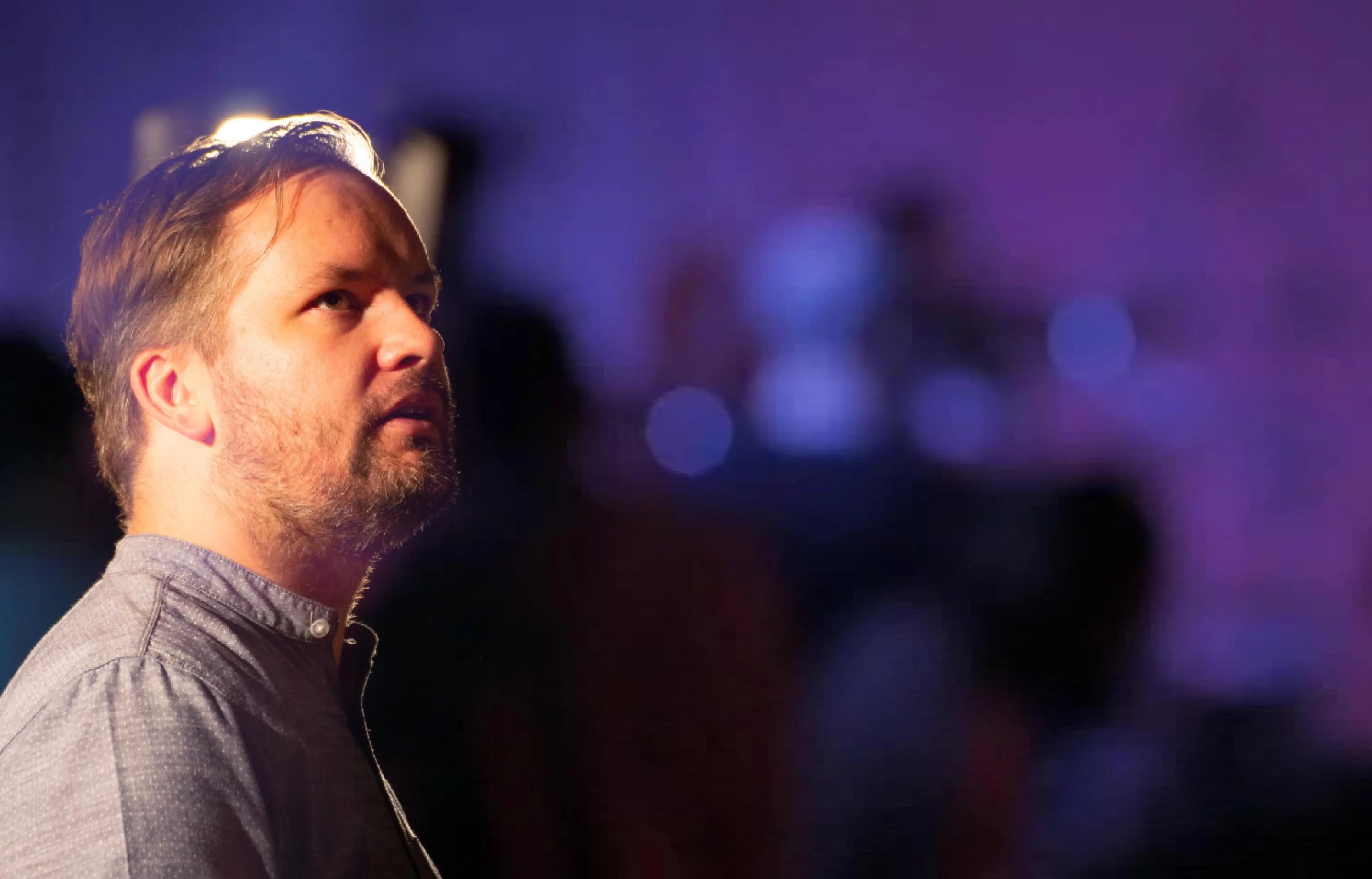Welcome to your expert for Webdesign in Darmstadt! Our work is as unique as the glorious Mathildenhöhe or the delicious Rippchen mit Kraut of the region. We create individual and user-friendly websites that are both visually appealing and functional. Our aim is to give your online presence in Darmstadt an unmistakable impact.
If you are looking for professional Webdesign in Darmstadt, do not hesitate to contact us. We offer bespoke solutions tailored to your specific objectives and requirements. Let us work together to create the perfect online presence for your business - so that your customers find you as unforgettable as a visit to our beautiful Darmstadt.
A responsive design automatically adapts to different screen sizes, ensuring an optimal user experience. Minimalism means focusing on clear structures and fewer distractions to emphasize content. Animated elements such as animations or interactive elements increase the appeal of a website and provide an engaging user experience.
An informative portfolio provides a good overview of the Web designer's work and shows whether they meet the requirements and expectations of the client. Experience and industry knowledge should also be considered to ensure that the Web designer understands the specific requirements of the project. Customer reviews offer additional information about satisfaction and the success of collaboration with the Web designer.
Starting with the planning phase, where goals and requirements are defined, the design process follows, creating the visual appearance of the website. Then, during the development phase, the website is programmed and technical functions are implemented. In the final step, the launch, the finished website is put online and made accessible to visitors.
To improve visibility in search engine results, on-page and off-page optimizations such as relevant keywords, meta tags, and backlinks should be considered. A short loading time enhances the user experience and helps keep visitors on the website. Lastly, the user experience should be optimized through intuitive navigation, clear structures, and appealing design to satisfy users and encourage them to return.

Und es fühlt sich an wie ein Kampf gegen Windmühlen.
Sie werden auf Google kaum gefunden?
Die wenigen Besucher verlassen Ihre Website sofort wieder?

Social, SEO, Landingpage? Fehlt ein klarer Fahrplan?
Ihre Anzeigen-Budgets verpuffen ohne Wirkung?
Die Konkurrenz leistet schlechtere Qualität aber verkauft trotzdem besser?
Und niemand weiß das Erfolgsrezept – oder verrät es Ihnen?
Auch Ihr Unternehmen verdient eine ordentliche Onlinepräsenz!


And it feels like an uphill battle.
You are barely get found on Google?
The few visitors leave your website immediately?

Social, SEO, landing page? A clear roadmap is missing?
Your ad budgets are fizzling out without effect?
The competition performs worse quality but still sells better?
And no one knows the recipe for success - or won't tell you?
Your business deserves a proper online presence too!


